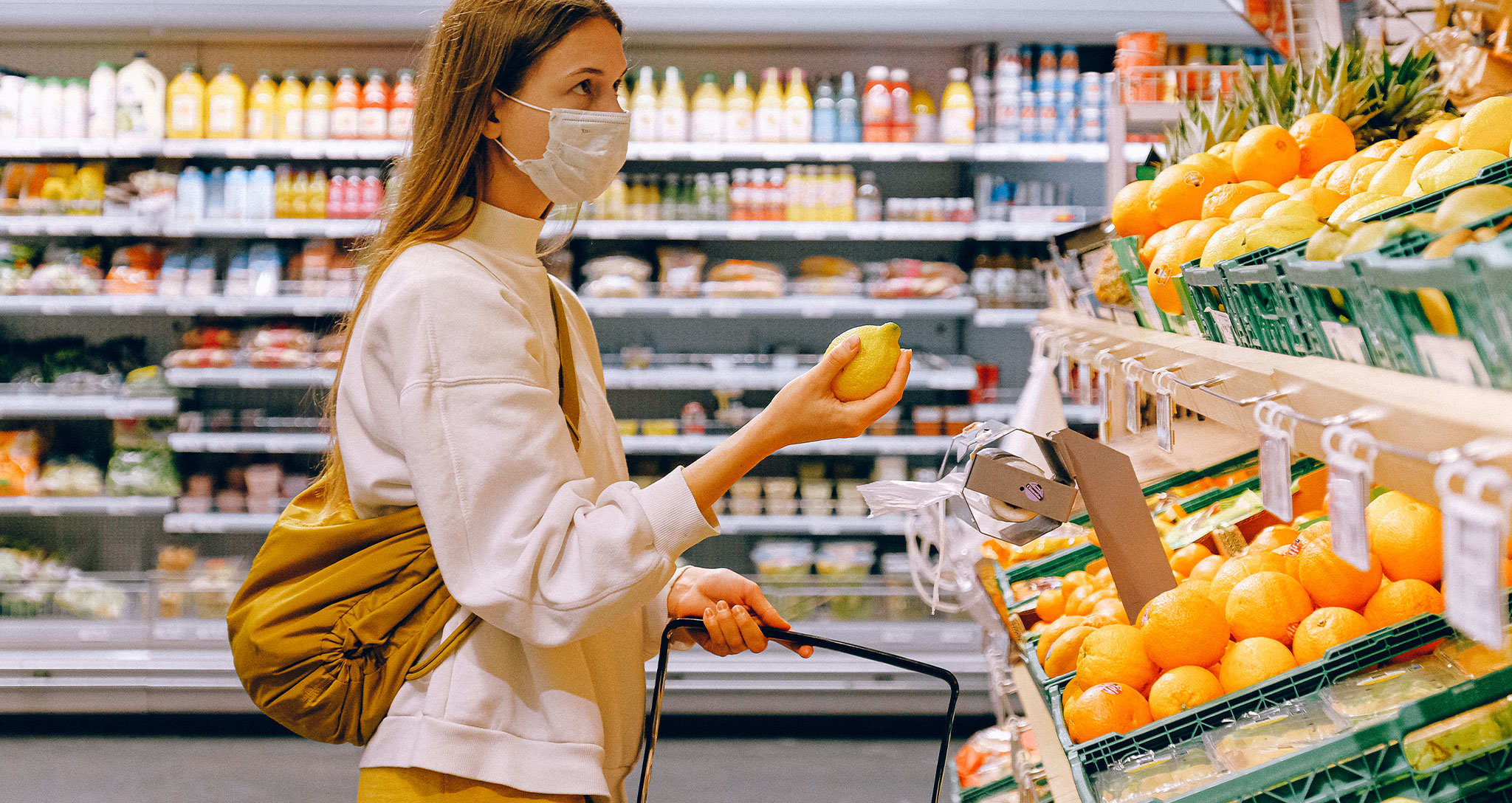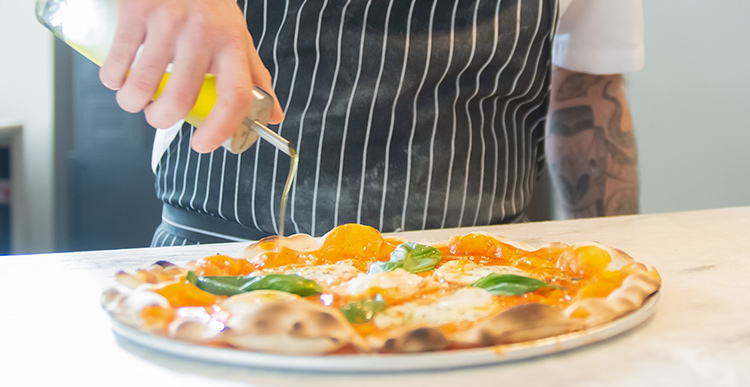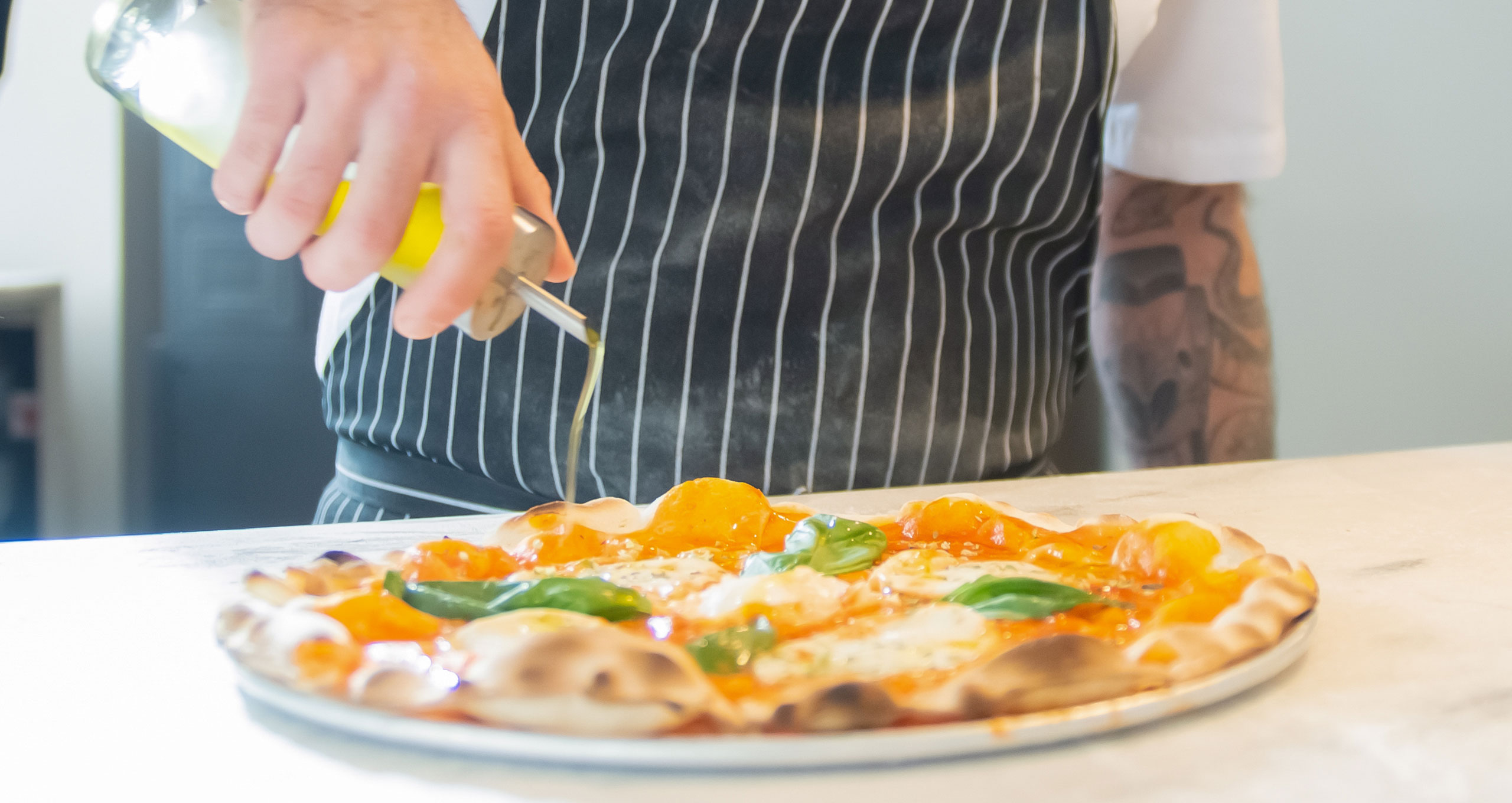Rising food prices: Why it’s happening and the impact on the food industry
With a 15% increase in food costs on the cards, it’s important to understand why it’s happening and how to protect your business.
Whether you’re a restaurant owner or a customer with cabin fever, the idea of getting out again is a welcome one.
The recent Lumina report’s prediction that food businesses may reach 94% of their pre-COVID market value is a sigh of relief for anyone in the catering industry. However, there are the rising costs – of living; of travelling; of renting; of eating. Keeping afloat is undoubtedly more of a challenge than before.
It’s important to understand what’s caused rising food prices and be aware of the safety nets you can employ to keep these extra costs to a minimum. Where tightening your purse strings may not help, marketing your restaurant effectively could help to retain loyal customers and draw in friendly new faces who understand the value of local business.
Why did food prices start rising?
The pandemic has undoubtedly shaken up the restaurant industry, with 9.7% of restaurants being forced to close their doors permanently in the year after the first lockdown.
While this is an obvious hit on the food market, prices have been rising for longer. An outbreak of swine fever in China – which keeps 50% of the world’s hogs for consumption – caused pork prices to soar in 2018.
Then came the two years that changed dining for good. The world’s largest food-exporting countries kept back greater supplies for themselves due to growing food insecurity. This increased demand, and those who had no choice but to export raised their prices.
On a more independent level, small food businesses faced the paradox of having to raise their prices to cover empty restaurants while doing their best to become a customer’s most attractive (read: cheapest) choice.
Why are they still increasing?
Now, in 2022, we’re facing the highest spike in living costs since 2013. Global food experts warn that UK customers could see their weekly shops rise by up to 15% this year. Continued rising food prices can be put down to three main factors:
- The conflict in Ukraine, where Ukraine and Russia are two of the world’s largest producers of wheat.
- Production and transport costs: Last month saw an all-time high in petrol prices. Other forms of transport are equally affected, with ocean freight rates as measured by the Baltic Dry Index increasing by 2-3 times in the last 12 months. The greater need for biofuels has increased speculative demand and, in turn, the cost of exporting. Growing food has become just as expensive as transporting it as fertiliser prices have tripled.
- La Niña – a weather pattern that occurs every few years around the Pacific Ocean – contributed to dry weather and low harvests in 2021. The Wall Street Journal cited it as an additional factor in rising food prices due to its impact on core produce in countries throughout North and South America, Australia, and Indonesia.
How will this affect food businesses?
To keep up with rising food prices, some restaurant owners may have no choice but to increase their menu prices.
The lifting of COVID restrictions in the UK has seen a steady rise in customer spending as people get out and about again. However, the cost of living makes eating out more of a luxury than before. Customers may choose to eat out less often – reducing footfall – or opt for the most affordable restaurants available. For many, it’s a “catch 22” situation: increase menu prices and see customers dwindle, or struggle to stay afloat on competitive costs.
However, independent food retailers have one advantage over their fast-food counterparts. They’re unique! Advertised correctly, the appeal of local eateries can draw the right audience in.
How can I use marketing to protect my business?
Customers may be frustrated by their favourite establishments slipping out of reach. Marketing your food company in the right way can help to reduce overall rising prices and improve customer satisfaction:
Communication is key
It’s a scary step, but a necessary one. If you raise prices, it’s worth announcing it clearly on social media and your customer platforms. Try to remain clear and explain your reasoning, so that customers aren’t left with the wrong idea. That said, they’re not entitled to your financial history! This might involve:
- Making a short, friendly post on social media sites like Facebook, Twitter, and Instagram;
- Updating your menu on your website (or on platforms like TripAdvisor);
- Letting customers know when these changes will come into effect.
While you might not feel like shouting it to the world, customers value transparency. It’s better to let people make an informed decision as to whether they’re financially able to visit you rather than being met with conflict when the bill arrives.
We’re only human, after all – those who like your business and have the means to eat there will continue to do it!
Find and flaunt your USPs
Most independent food businesses know what draws customers in, but utilising it can help them to remember why they want to stay.
Emphasise your USPs and use them to communicate with your customer. This could be anything from a signature dish to your decoration to your resident pub dog.
Tweaking your social media to reflect your selling points can help to remind customers that you’re a reputable brand and they’re still getting what they pay for.
Show the face behind the food
“Behind-the-scenes” shots can forge a greater sense of intimacy between your business and your customers. The friendlier a customer feels towards you, the more likely they are to support your ever-changing business. You could use social media to:
- Share the history behind your brand;
- Introduce your staff members;
- Give “inside” recommendations on employees’ favourite dishes or drinks.
Skim where you can…
The rising cost of food is an issue that social media may not be able to solve alone. However, effective marketing can still help you to work smarter, not harder.
Identifying audience trends through marketing will shed light on the most important techniques for your business. These might involve:
- Identifying low-cost, high-profit items on your menu;
- Keeping a daily food inventory;
- Using a food cost calculator to predict your outgoings and assess your prices;
- Re-evaluating portion sizes if you’re consistently met with waste;
- Introducing seasonal dishes; they’ll reduce the menu while keeping customers eager to see what’s next.
…but don’t kill your darlings
Got the best burgers this side of town? Don’t scrimp on meat if it means your customers won’t enjoy it as much. Of course, it’s sensible to shop around where you can. Some identical products might be cheaper at a wholesaler than a supermarket (or vice versa). Some premium items can be swapped for value alternatives with no difference.
However, certain recipes make your business yours. It’s not worth compromising on bestsellers for a few pence.
Think of food marketing as a shop window for your online customers. If there’s no ambience and the tables are empty, they won’t want to come in! Speaking to a marketing specialist can generate media interest in your food business, streamline your everyday practices, and enhance the qualities that make your restaurant unique. This is where Eat Marketing comes in: we’ll carry out a brand audit to help you understand where your business lies amongst its competitors and how you can keep footfall going in challenging financial times.
While rising prices are daunting for many, we hope that you’re more confident in some of the marketing techniques that can build community relationships and keep restaurant owners conscious of their outgoings. We’ll develop a strategy that works for you through the changing world; just contact us to hear more.


